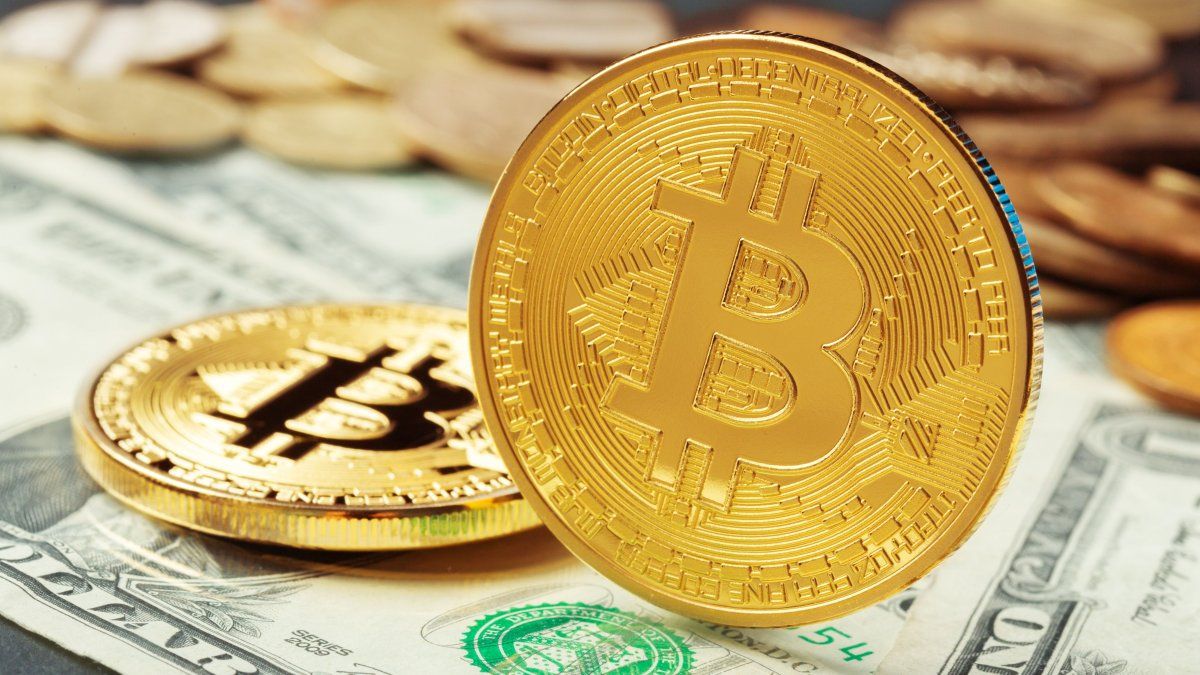“Implicit rates showed an average adjustment of 7.2%, with the months of August and September being the ones with the greatest adjustment (-11.5% and -9.9%, respectively),” Cohen estimated. “In this way, the implicit ones go from a range of 59%-67% on the last Friday of April to another of 54%-62% last week – without considering the May contracts–”, they remarked.
In line with these calculations, Javier Casabal, fixed income strategist at Adcap, assured in dialogue with Ámbito that the drop in implicit rates expresses that the market “stopped discounting an exchange rate jump in the short term.” According to the analyst, the instruments that are beginning to gain more ground are the securities that are adjusted by CER, due to high inflation. In fact, a major fund manager told Ámbito last week that she was only interested in CER and short-term placements.
In the official offices they do the same accounts. They explain that, when the market stops expecting a devaluation jump, the Rofex futures rate is similar to the yield rate of the pesos. This helped the Central Bank this week, which came under less pressure to tweak rates higher. What are they looking to give a positive real return signal against? In the Government they admit that both the dollar and the rates cannot follow the monthly evolution of inflation in a linear manner, but rather have their sights set on the medium term. In the case of yields in local currency, they look for the annual effective rate to have some similarity to the annualized inflation rate.
In the middle of this week, implicit rates rose a little again, because between Tuesday and Thursday “they devalued a little more,” says Casabal. “Exporters liquidated less and purchases from the central, which came close to 100 million per day, fell to 5 million on Tuesday and sold 20 million on Wednesday,” said the analyst.
The foreign exchange strategy, says Casabal, has some risks. Above all because of the type of “incentives” that are given to economic agents. If everyone assumes that the dollar will be more expensive tomorrow than it is today, that has two effects -says Casabal-: on the one hand, it discourages exports, because the exchange rate on one day is worse than on subsequent days; and on the other hand it stimulates the advancement of imports. That, says the analyst, presses on the accumulation of reserves, a fundamental objective to build the strength of the domestic economy and one of the “quantitative” goals of the agreement with the IMF.
Source: Ambito
David William is a talented author who has made a name for himself in the world of writing. He is a professional author who writes on a wide range of topics, from general interest to opinion news. David is currently working as a writer at 24 hours worlds where he brings his unique perspective and in-depth research to his articles, making them both informative and engaging.




